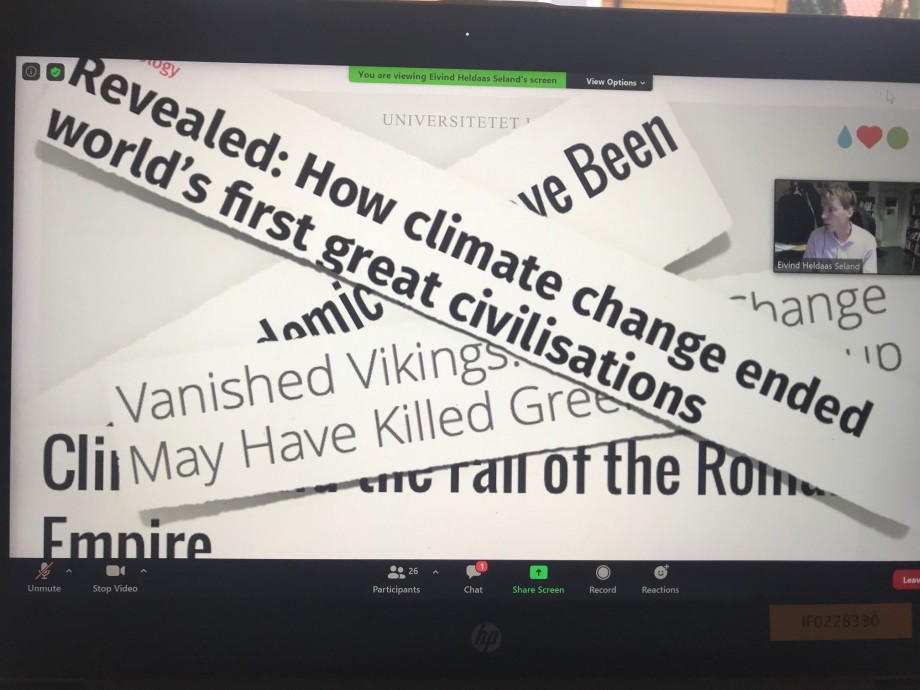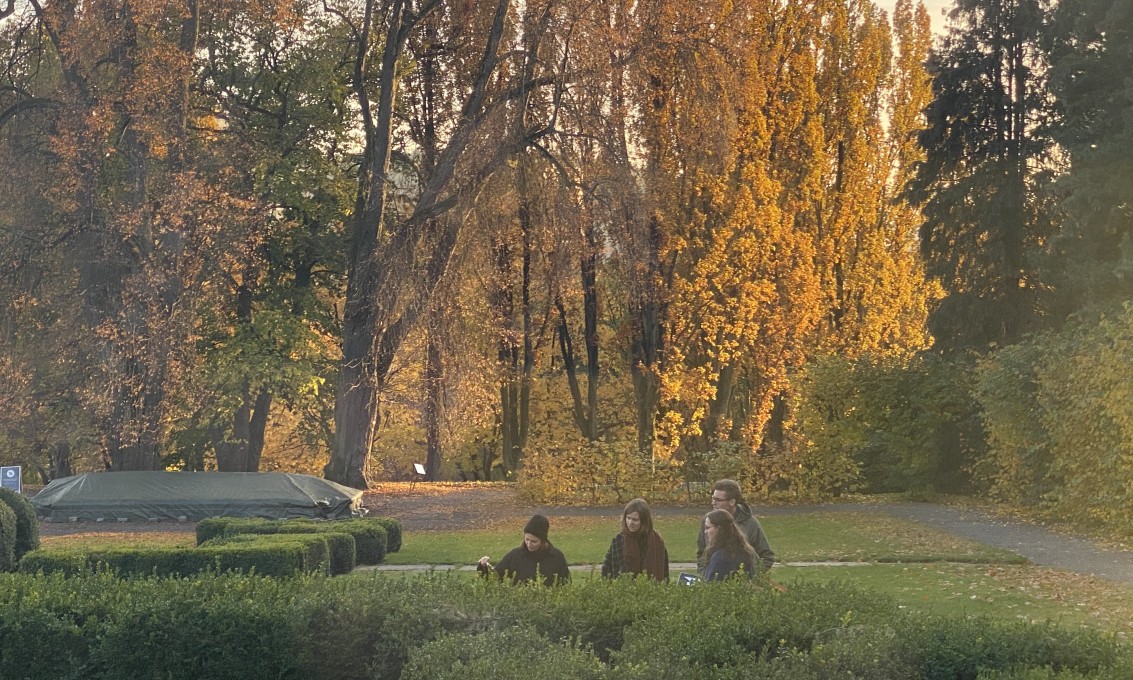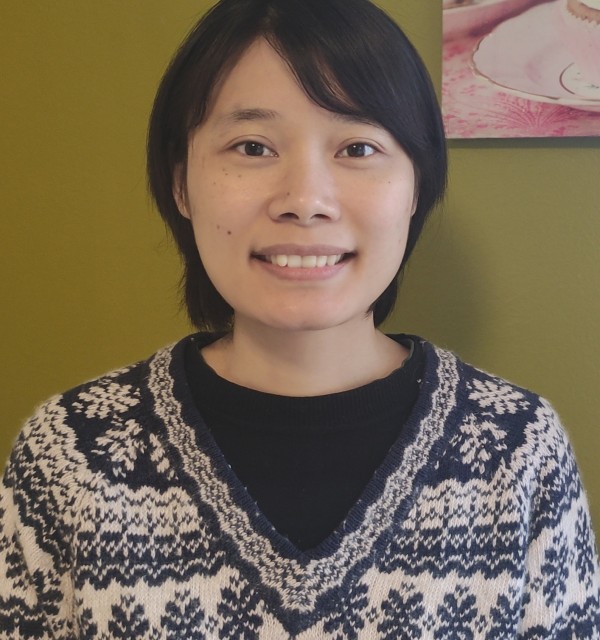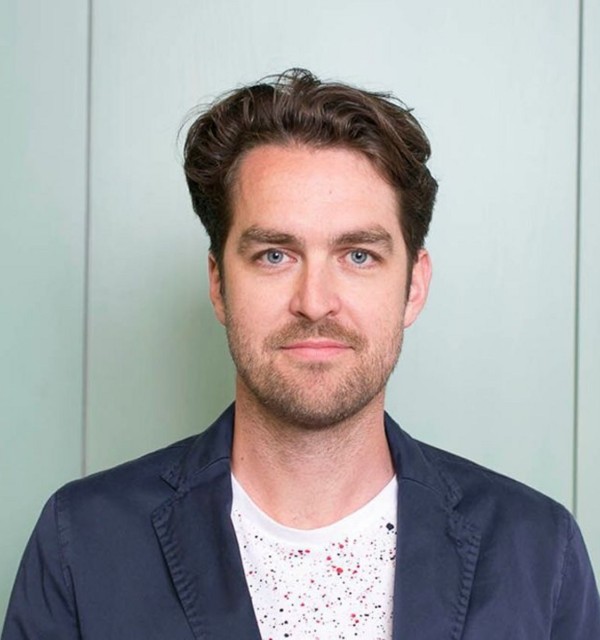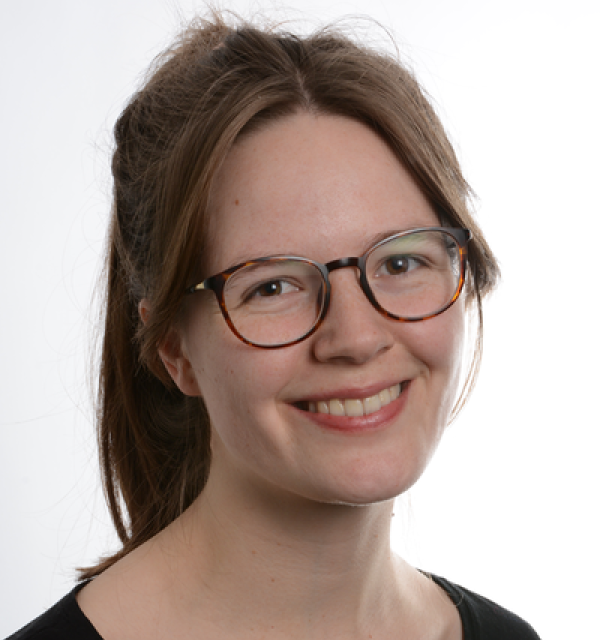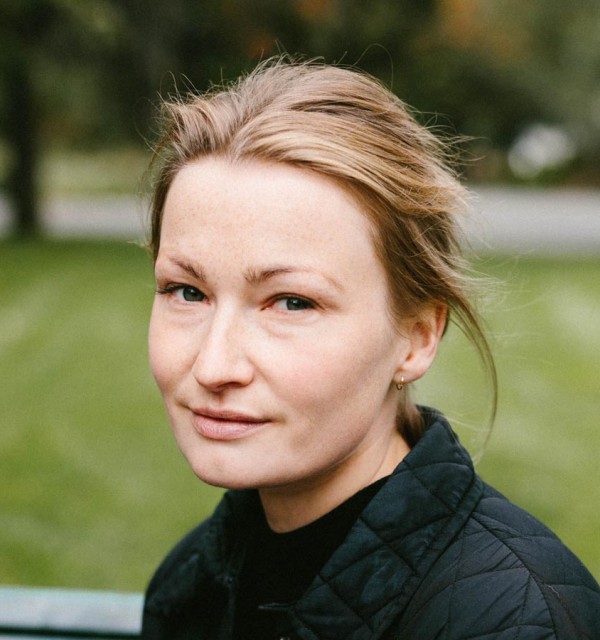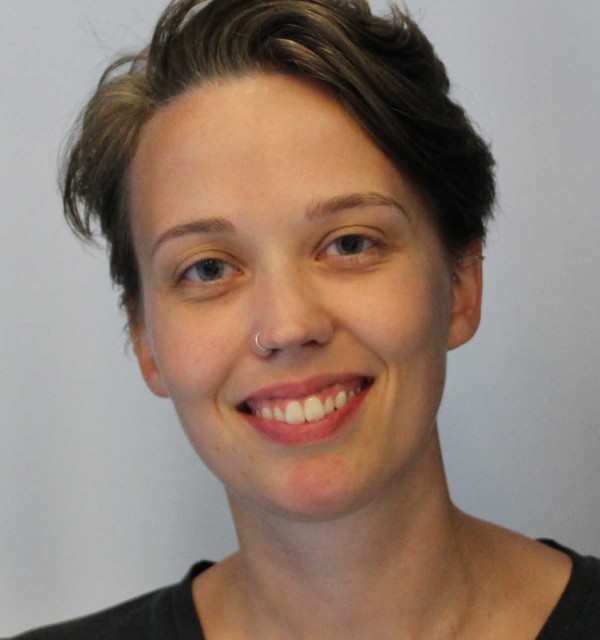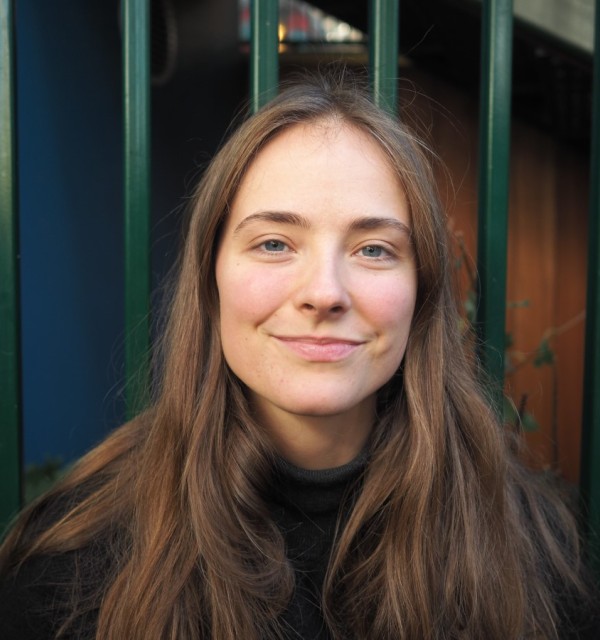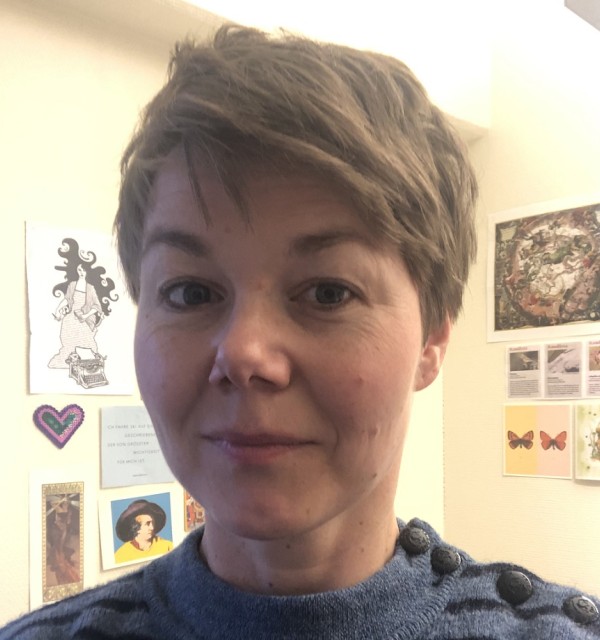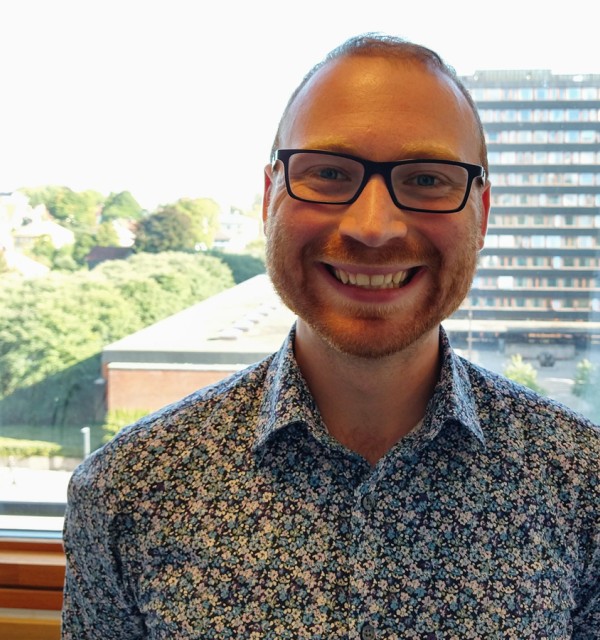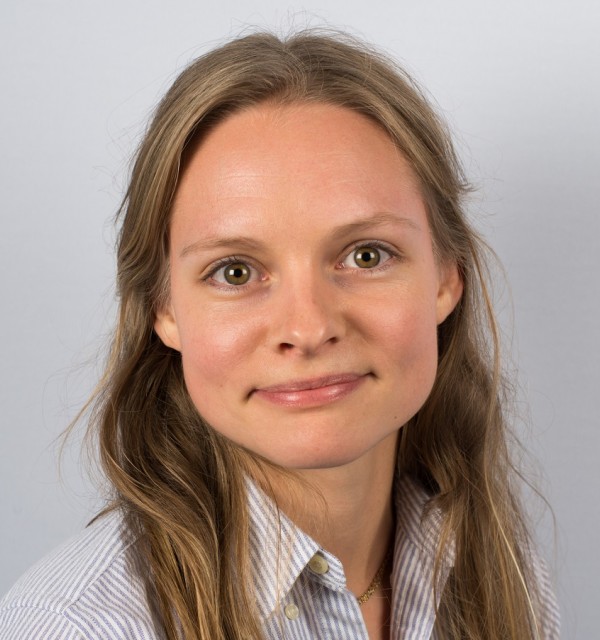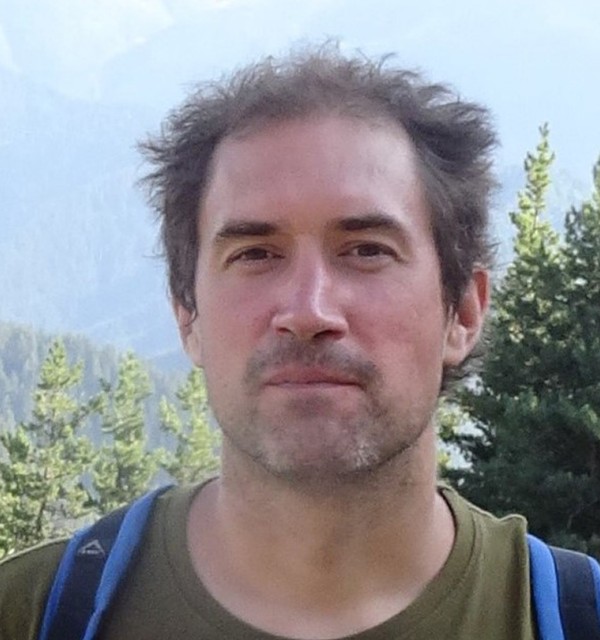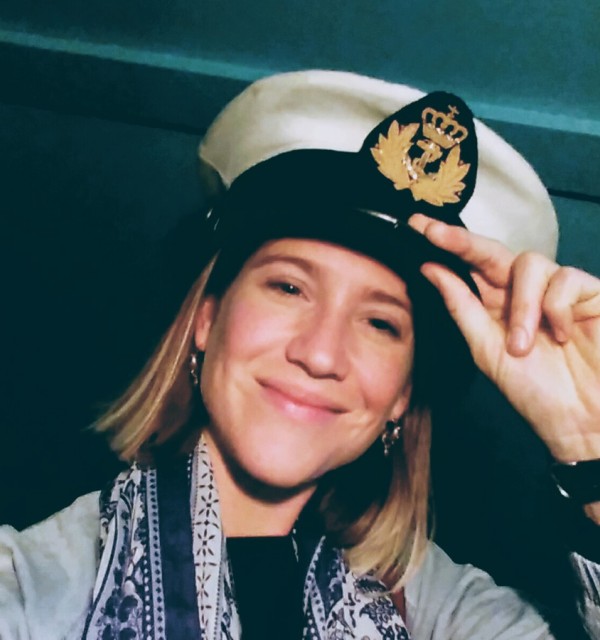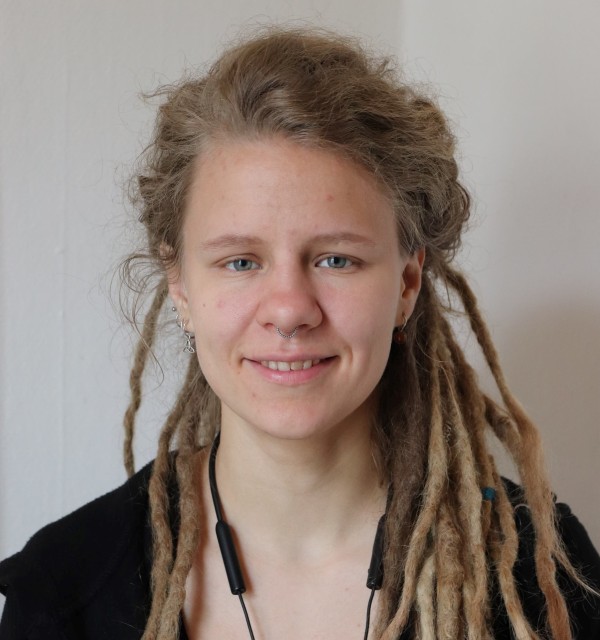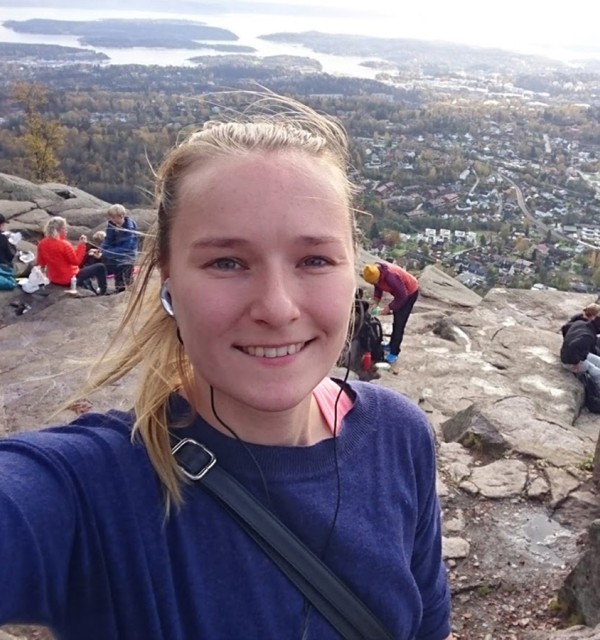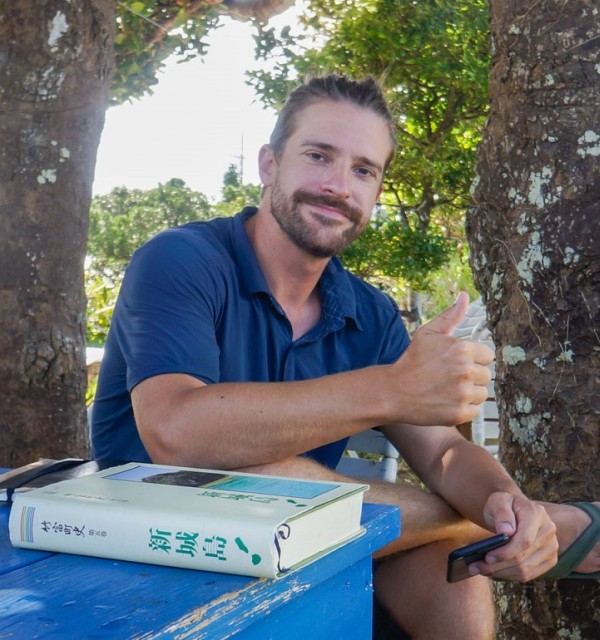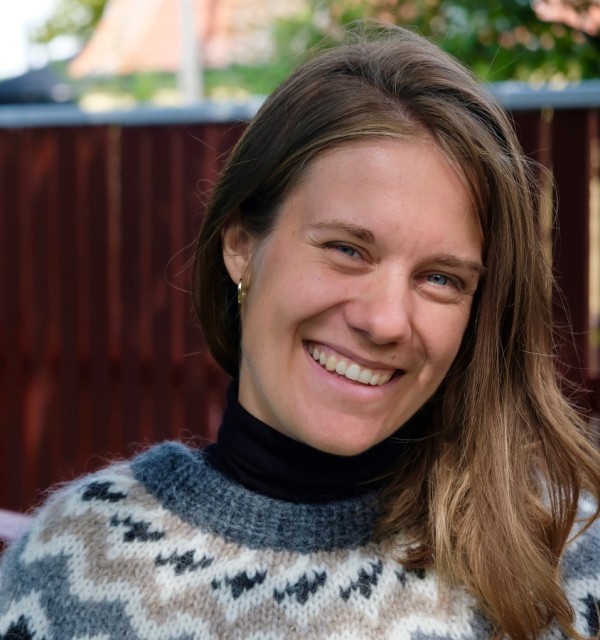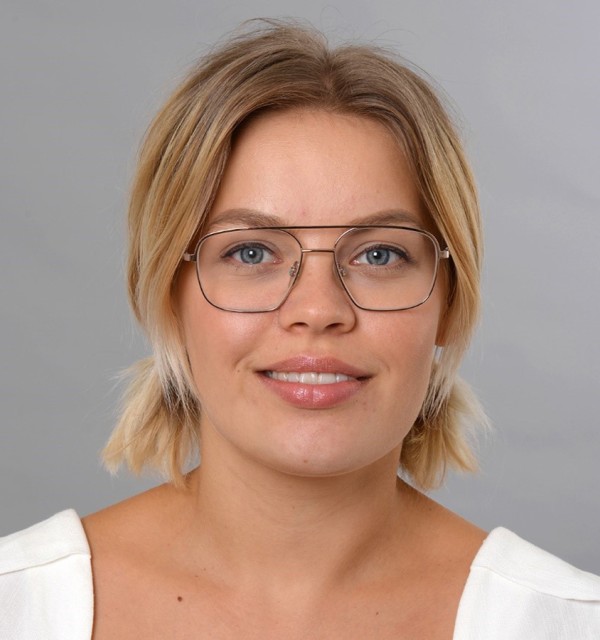NoRS-EH is an interdisciplinary initiative that aims to reinforce and strengthen the contribution of Norwegian humanities scholars to environmental research and the great global challenges that we currently face.
Norwegian University of Science and Technology (NTNU) University of Agder University of Bergen University of Oslo University of Stavanger
Chair: Dolly Jørgensen

NoRS-EH is an interdisciplinary initiative that aims to reinforce and strengthen the contribution of Norwegian humanities scholars to environmental research and the great global challenges that we currently face. Members will get the chance to participate in seminars at NoRS-Eh partner institutions at the universities of Oslo, Bergen, Stavanger, Agder and at NTNU. The research school's courses supplement those offered as part of PhD-programmes by the partner institutions and have a goal of ensuring that doctoral candidates throughout Norway have the opportunity to attend specialist seminars and have access to a national network in environmental humanities.
NoRS-EH offers its members a tripartite programme consisting of an overview course in environmental science, an extensive course in themes related to the environmental humanities with international participation, and development of a larger community for researchers and students in the field. PhD candidates from Norwegian universities who work with themes and research methodologies related to environmental science are welcome
to apply to these courses.
Environmental humanities (EH) is a relatively new but rapidly expanding radically transdisciplinary endeavourthat complements environmental science and public policy by focusing on the cultural, historical, artistic and ethical dimensions of environmental issues. EH broadly investigates the human-environment relationship, critically understanding our current planetary predicament as a crisis of environmental imagination which demands a pivotal paradigm shift in our values, habits, routines and representations. EH is a vital component to developing sustainable relations with our planet and its multitudinous inhabitants.
The project is funded by the Research Council of Norway's national research school programme from 2019-2025.
About the Research School
NoRS-EH is a collaboration between seven universities (five partner institutions and two connected universities) throughout Norway with the goal of providing world-leading doctoral education in the environmental humanities. We offer our PhD researchers a tripartite programme of courses in the theory and methodology of environmental humanities, a specialist course in and development of an academic community, and activities to support the students.

Members of NoRS-EH get the opportunity to participate in seminars at the NoRS-EH partner institutions; the Universities of Oslo, Bergen, Stavanger, Agder and at NTNU. The research school's courses supplement the partner institutions' own PhD programmes and have the goal of ensuring that doctoral candidates throughout Norway have access to specialised seminars and to a national network in the environmental humanities.
NoRS-EH offers its members a tripartite programme consisting of an overview course in environmental science, an extensive course in themes related to the environmental humanities with international participation, and development of a larger community for researchers and students in the field. PhD candidates from Norwegian universities who work with themes and research methodologies related to environmental science are welcome
to apply to these courses.
The project is financed by the Research Council of Norway's national research school programme from 2019-2025.
Admission
Would you like to participate? Here you can find information on how to me a member of NoRS-EH.
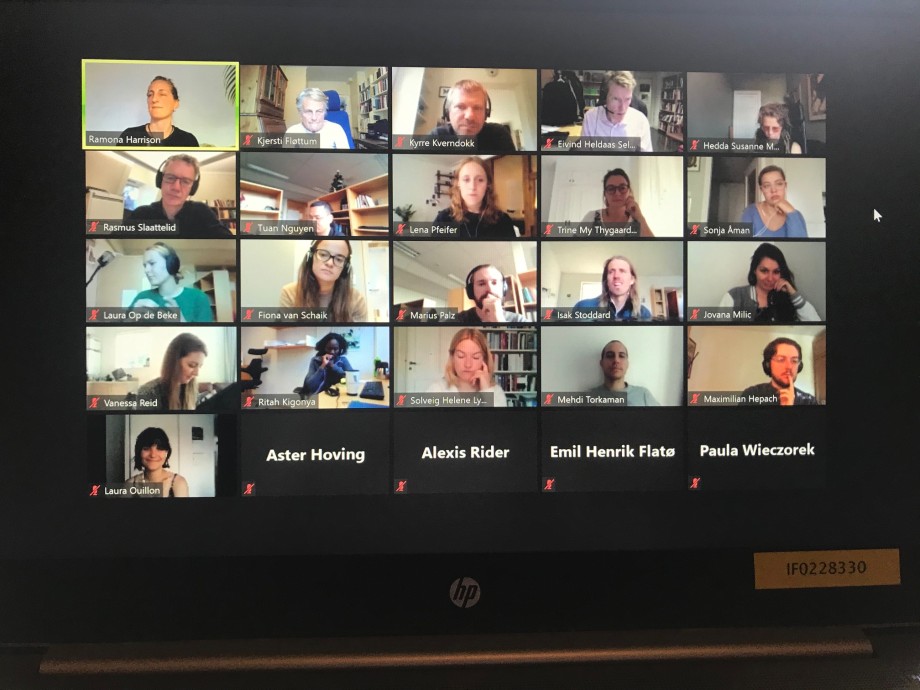
Courses and subjects
The research school offers several courses for doctoral candidates. Here you can find information on future and previous courses.
